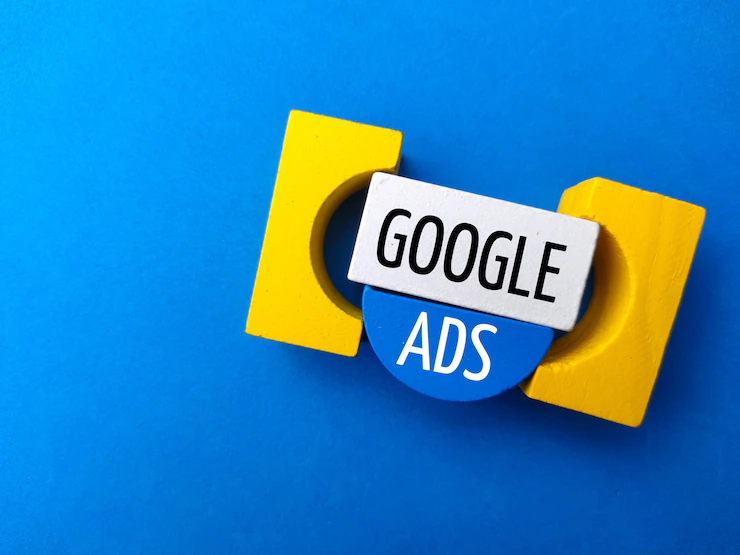Proven Steps To Boost The ROI Of Your Google Ads Campaign

Google Ads ranks as the top PPC service because it’s effective! However, many people often overlook campaign errors.
If you are wasting money on Google Ads, it’s time to end this practice.
At this point, your aim is to maximize leads and conversions for a better ROI.
I know that it’s easier said than done. However, with the right strategies, it is achievable.
Guess what? It will be an optimum choice for you if you partner with a reputed Google AdWords agency. With years of experience in Google’s PPC ad services, they can share valuable insights into optimizing this essential marketing tool.
ROI represents the profit your business gains relative to the marketing expenses. It’s the net profit-to-cost ratio.
So, what are the top hacks used by Google ads experts to increase ROI? Let’s figure it out together.
1. Identify The Issues Holding You Back
It’s no secret that Google Analytics is the go-to tool for self-diagnosing Google Ads campaign issues.
Their dashboard reveals keyword and landing page performance. Use it to identify high bounce-rate landing pages and low-click-count keywords.
In case you are managing multiple campaigns simultaneously…
…it offers an excellent chance to compare the best-performing and underperforming ones to understand what works and what doesn’t.
2. Income-Based Targeting
To succeed in PPC, you must grasp your target audience’s affordability. Discover who buys from you and how often. Adjust your targeting to boost campaign ROI.
When targeting B2B clients in PPC, we often rely on Google search terms. B2C is simpler for a good return. Segmentation by income in Google Ads can be manual or automatic.
Manual targeting is apt for local businesses.
List neighborhoods and areas for profitable customers. Manually select these locations in Google’s settings. Set location targeting to “people in my targeted location” to prevent unwanted reach.
For national campaigns, income bracket targeting can be simplified using the “location groups” menu.
You can try another thing – tiered bits by income bracket. Determine profitable income classes through testing and reviewing conversions.
Compare findings with CRM data for front-end bid adjustments. Eliminating income targets without analysis isn’t something you should do here.
Understanding your customer base positively impacts more than just campaign ROI. It reduces salespeople’s quoting time and the burden on them.
Less time chasing unproductive leads allows for reallocating the budget to better salespeople, increasing lead-closure rates.
3. Apply Google Ads Recommendations
Google Ads simplifies things with its “Recommendations” algorithm. You can easily access it on the dashboard’s left panel.
Google Ads Recommendations offer an “optimization score” that’s typically accurate. If it’s below 90%, implement Google’s auto-generated suggestions.
Applying these recommendations makes your campaign optimized for better search.
4. Adding Just One Keyword In Ad Group
It’s about creating an ad group with a highly relevant keyword. The benefits include attracting relevant clicks, improving CTR, and increasing conversion chances.
These improvements lead to a better ROI. The key to this approach is identifying valuable keywords for high performance. The single keyword determines the success or failure of the campaign.
5. Consider Your Location Targeting Carefully
Leverage Google’s robust geolocation targeting within the Google Ads dashboard. You have three choices for local targeting:
- Presence or interest: People who are regularly in, visiting, or showing interest in the place. The location is of interest to people who are searching for it.
- Presence: People in or regularly present in that location, indicating a presence there.
- Interest: Here, you target people who are actively looking for a product or service.
The default is “Presence or interest,” which isn’t always best. It comes with a broader category. Someone traveling in that is not a good fit for a business targeting people looking for cleaning services.
Make these adjustments to get the ROI you want from your Google Ads campaign. To attract locals more likely to be interested in your business, focus on “presence.”
6. Capitalize Retargeting Ads Carefully
People often misuse remarketing ads. Thus causing a disconnect with their audience.
Your goal is to remind users about your site or past conversations. Effective follow-up ensures commitment.
Additionally, segmentation can be a great way to speak directly to your audience. Categorize them with the following criteria:
- Interested but not taken any action.
- Interested, still in consideration.
- Interesting but doubtful.
Segmenting your remarketing messages makes a strong impact. Check your view-through conversions in Ads.
Proper remarketing follow-up is vital. Check your CRM and Google Ads reports to set your cookie window length.
Are You Ready To Boost Your ROI?
So, tell me…
Have you overlooked any of these methods? Check your account now.
Even one can significantly boost your campaign’s ROI.
Contrary to what many think, Google Ads isn’t hands-off. You can’t just set it and forget it. It needs daily maintenance and testing for success.
Consistency is key! Please let me know if you need any further assistance!
Read Also:



























